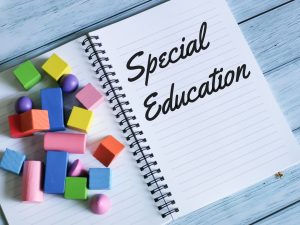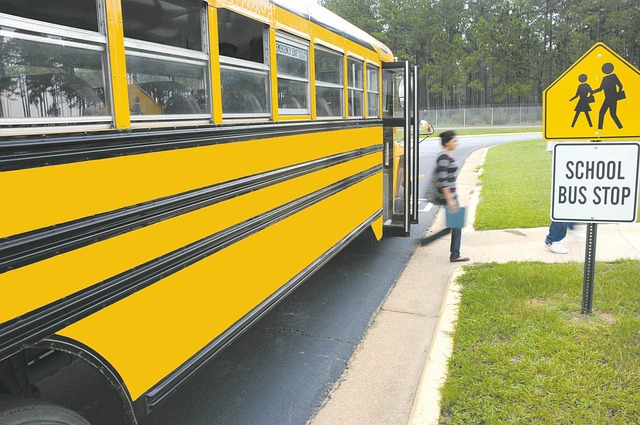3 Best-Practice Approaches for Assessing Students With Disabilities
 Limited time or resources shouldn’t prevent schools from conducting informal and formal assessments of students with disabilities, including those with significant cognitive disabilities. In fact, collecting high-quality data about a student’s performance can guide educators in making more informed decisions about instruction and individualized supports, said the National Center on Educational Outcomes, in a recent paper.
Limited time or resources shouldn’t prevent schools from conducting informal and formal assessments of students with disabilities, including those with significant cognitive disabilities. In fact, collecting high-quality data about a student’s performance can guide educators in making more informed decisions about instruction and individualized supports, said the National Center on Educational Outcomes, in a recent paper.
Students with disabilities are among the populations of students whose disrupted schooling during the pandemic may have likely resulted in learning losses. However, the different ways instruction was provided last school year — either in-person, remote or hybrid — should not be a barrier to how assessments are conducted this year, said Sheryl Lazarus, director of NCEO and co-author of the report, in an email.
Not only can testing provide critical information on how to design instruction to combat pandemic-related learning loss, formally assessing students with disabilities is also a requirement of the Individuals with Disabilities Education Act.
The Every Student Succeeds Act also requires that all students participate in statewide testing. Some children with the most significant cognitive disabilities may participate in alternate assessments based on alternate academic achievement standards, in addition to informal classroom testing and observations.
NCEO offers three approaches to measuring student performance during this challenging school year.
Review each student’s IEP
IEP team members can ensure each student appropriately participates in testing and has meaningful assessment results by analyzing whether the IEP accurately reflects a student’s present levels of academic achievement and functional performance.
Academic and social pre-pandemic data and data gathered during distance learning, including student work samples, family learning logs, and student input, can help in supporting students’ transition back into in-person learning and provide insights into where a student made progress or has skill gaps, according to the TIES Center.
Put efforts into both formative and summative assessments
Year-end summative tests are valuable for gauging year-to-year growth, but formative assessments, which are referred to as interim assessments, diagnostic assessments, and even classroom-based testing and observations are also beneficial to educators and students. That’s because they provide timely information to guide effective day-to-day instruction and learning.
Use of interim assessments for all students has been on the rise over the past few years, but there is an overall lack of interim assessment options for students with significant cognitive disabilities, NCEO said in a previous report.
Be transparent in planning for testing, reporting results
Schools should explain the purpose of testing to students because they may be more engaged if they understand why they are being tested and how it may benefit them, NCEO said. Before testing, students should have practice using accessibility features and accommodations.
Non-personally identifiable test data for students with disabilities should be shared with the public just as data for students without disabilities is reported.
Excerpted from “3 Best-Practice Approaches for Assessing Students With Disabilities” in K-12 DIVE. Read the full article online.
Source: K-12 DIVE | 3 Best-Practice Approaches for Assessing Students With Disabilities, https://www.k12dive.com/news/3-best-practice-approaches-for-assessing-students-with-disabilities/607962 | © 2021 Industry Dive
If you have concerns about your child or teen, CHC Care Coordinators can arrange a free 30-minute consultation so you can explore options with an expert. We invite you to call or email us at 650.688.3625 or careteam@chconline.org to set up an initial Parent Consultation appointment. CHC teletherapy services are available now.





